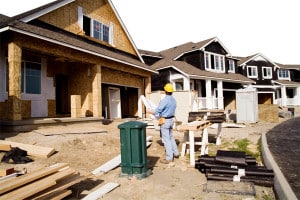Homeowner spending on remodeling is expected to see healthy growth through 2025, according to a biennial report released today by the Harvard Joint Center for Housing Studies.
Projections suggest that older owners will account for the majority of spending gains over the coming years as they adapt their homes to changing accessibility needs, according to the report. Although slower to move into homeownership than previous generations, Millennials are poised to enter the remodeling market in greater force, buying up older, more affordable homes in need of renovations.
The report says the residential remodeling market reached an all-time high of $340 billion in 2015, surpassing the prior peak in 2007. Spending by owners on improvements is expected to increase 2 percent per year on average through 2025 after adjusting for inflation, just below the pace of growth posted over the past two decades, and about on par with expected growth in the broader economy.
Gen-Xers are now in their prime remodeling years, and while some are still recovering from home equity losses after the housing crash, many in this generation will undertake discretionary projects deferred during the downturn, according to the report. And as younger households move into homeownership, they will supplement the already thriving improvement market.
“With national house prices rising sufficiently to help owners rebuild home equity lost during the downturn, and with both household incomes and existing home sales on the rise, we expect to see continued growth in the home improvement market,” Kermit Baker, director of the Remodeling Futures Program at the Joint Center for Housing Studies, said in a statement.
The report says some demographic trends are also presenting challenges to a healthier remodeling market outlook. A disproportionate share of growth over the coming decade will be among older owners, minority owners and households without young children; groups that traditionally spend less on home improvements.
Looking ahead, there are several opportunities for further growth in the remodeling industry. The retiring Baby Boomer generation is already boosting demand for accessibility improvements that will enable owners to remain safely in their homes as they age. Additionally, growing environmental awareness holds out promise that sustainable home improvements and energy-efficient upgrades will continue to be among the fastest growing market segments.
The full report can be found here.







